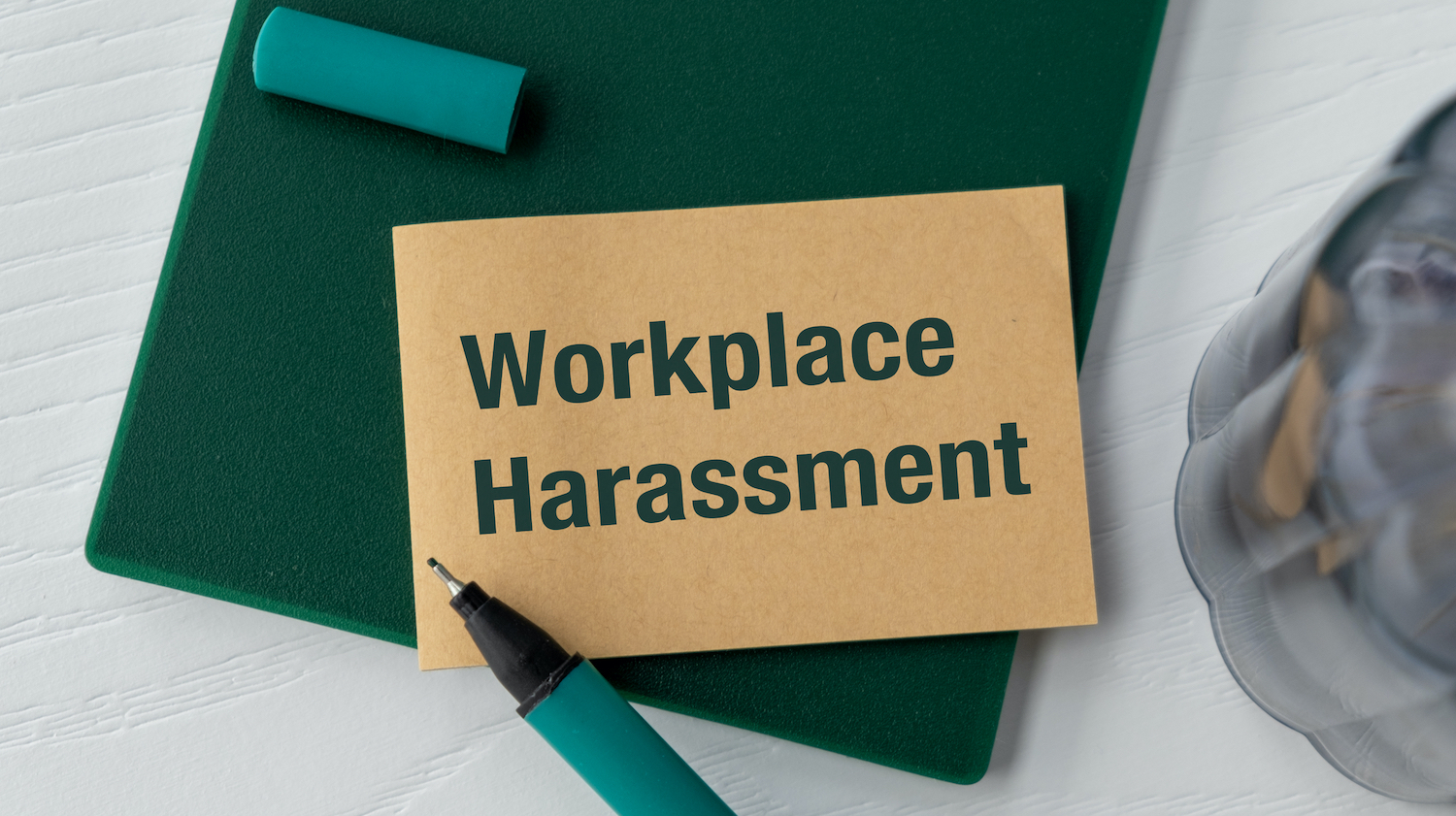
Building Safety Act: what are the new duty holder responsibilities?
In the last of the three-part series on building safety, Tom Weld and Kayla Urbanski examine the roles of the client, principal designer and principal contractor under the Building Safety Act
The titles client, principal designer (PD) and principal contractor (PC) will be familiar to those involved in the built environment sector from the Construction (Design and Management) Regulations 2015 (CDM Regulations).
The Building Safety Act 2022 (BSA) essentially expands upon the existing responsibilities and obligations imposed by the CDM Regulations.
New duty holders
The BSA imposes new obligations and responsibilities on any individual or organisation that assumes the role of client, PD and/or PC in relation to a construction project. The intention of these new obligations is to ensure that building safety becomes a central focus of the procurement process. It is important to note that:
- It is possible for a duty holder to hold more than one role provided that they have the required competencies, and organisational capabilities, necessary to carry out those roles; and
- The new responsibilities imposed by the BSA relate to all construction projects, not just the development of higher-risk buildings (HRBs).
The client
The client is the organisation or individual for whom a construction project is carried out. They are ultimately responsible for ensuring that the requirements of the BSA are satisfied and the client’s duties cannot be subcontracted to a third party. The main duties of the client are:
- To ensure suitable arrangements are in place to plan, manage and monitor the project. This means “appointing the right people, with the right competencies” for the work, allocating sufficient time to the project and establishing systems to ensure compliance with the building regulations.
- Where there are multiple entities working on the project, to appoint a PD and a PC.
- To provide relevant building information to every designer and contractor involved with the project and ensure that all designers and contractors are advised if the work relates to an existing, or proposed, HRB.
Principal designer and principal contractor
A PD and a PC must be appointed by the client where there are multiple entities working on the project. The main duties of the PD and the PC are:
| PD only | PC only | PD and PC |
| Plan, manage and monitor design work during the design stage. | Plan, manage and monitor building work during the construction phase of the project. | Ensure they and those working on the project cooperate, coordinate and communicate work with the client, PD / PC and any other designers and contractors. |
| Take all reasonable steps so that the design work carried out by the PD and those under its control is planned, managed and monitored to ensure, if built, that design complies with the relevant building regulations. | Cooperate with the client, PD and others involved in the design work and building work to ensure it complies with the relevant building regulations, as well as ensuring that these parties cooperate, coordinate and communicate between themselves. | Work with the PD/PC and share relevant details relevant to the building work as well as assisting the client in providing information to others. |
Competence
An overriding objective of the BSA is to promote competence within the construction industry. Under the BSA, a party may only be appointed as PD and/or PC where they are competent and the BSR will seek evidence from duty holders as to how competence is established and maintained. In relation to HRBs, the client must submit a declaration that they are satisfied the PD/PC/any other person carrying out work are competent to carry out their roles.
As such, it is vital that any party intending to take on the role of PD and/or PC is not only competent but is also able to evidence this. Whilst ‘competence’ is not defined in a prescriptive test, a new suite of Publicly Available Specifications (PAS 8671:2022 and PAS 8672:2022) has been published, setting out competence requirements for PDs and PCs which will assist duty holders in evidencing competence.
What happens if the client, PD or PC fail to comply with their duties?
The obligations on the new duty holders are intended to improve coordination and collaboration between duty holders and promote competence to ensure compliance with the building regulations and are an essential part of the new building safety regime introduced by the BSA.
Failure to comply with these duties could have a number of repercussions, ranging from the rejection of an application for building control approval (resulting in delays and additional costs to a project) through to the inability to secure a building control completion certificate (meaning that the building cannot be handed over for occupation). Individual duty holders could also face significant fines and/or the risk of imprisonment.
Building safety at the forefront of the procurement process
Historically, the procurement of new buildings has been a fragmented process, with each party only assuming responsibility for the discrete aspects of the works that they were specifically liable for. This approach often resulted in a lack of coordination between the parties and increased the risk of errors in the design and construction of the project.
The introduction of these new duties on the client, PD and PC, who will need to work closely with the BSR and the accountable person, should not only result in significant improvements in the procurement process, but also promote building safety across the whole life of a project, and will hopefully ensure that tragedies, such as the Grenfell Tower fire, are consigned to the past.
This article was first published by Construction Management.







